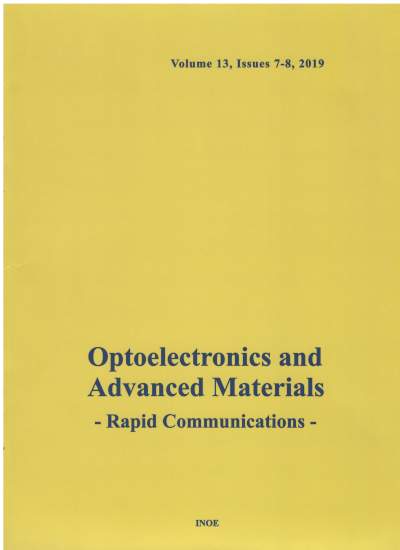Study of the performance of CsPbBr3 perovskite solar cells by chlorobenzene additive
A. DONG1,
J. DONG1,*
Affiliation
- School of Science, China University of Geosciences, Beijing, 100083, China
Abstract
All-inorganic CsPbBr3 perovskite solar cells have garnered widespread attention due to their excellent stability. However, the CsPbBr3 perovskite light-absorbing layer suffers from several critical issues, including a large bandgap (~2.3 eV), a narrow light absorption range, and severe charge recombination, which significantly hinder the improvement of its power conversion efficiency (PCE). In this study, additive engineering was employed using a commonly used anti-solvent, chlorobenzene (CB), as an additive to fabricate CsPbBr3 perovskite solar cells. By regulating the growth process of the perovskite films, the crystallinity of CsPbBr3 perovskite films was effectively optimized, resulting in highly efficient and stable perovskite films. The device treated with chlorobenzene achieved a PCE of 9.28% and maintained over 90% of its initial efficiency after 120 days of storage in air under unencapsulated conditions.
Keywords
CsPbBr3, Chlorobenzene, Additive, Perovskite solar cells.
Citation
A. DONG, J. DONG, Study of the performance of CsPbBr3 perovskite solar cells by chlorobenzene additive, Optoelectronics and Advanced Materials - Rapid Communications, 19, 9-10, September-October 2025, pp.436-446 (2025).
Submitted at: March 20, 2025
Accepted at: Oct. 10, 2025
